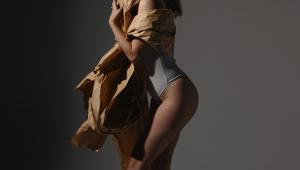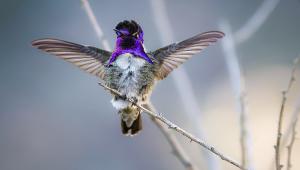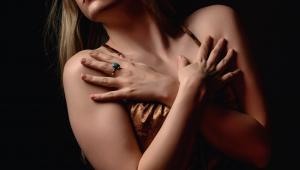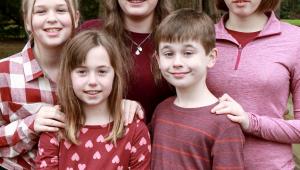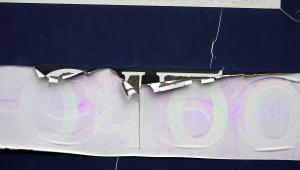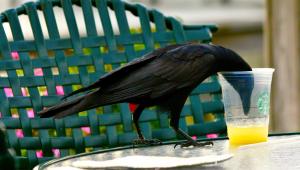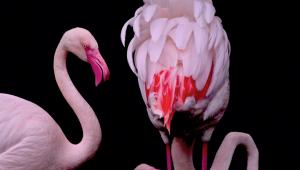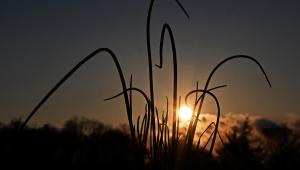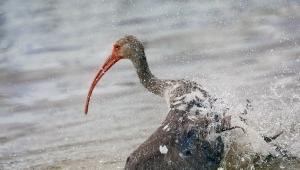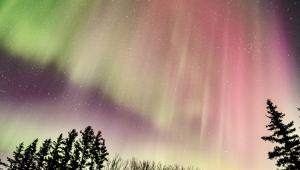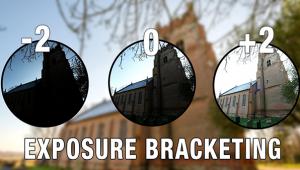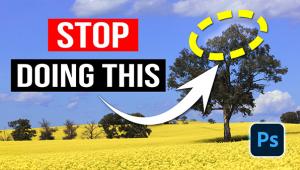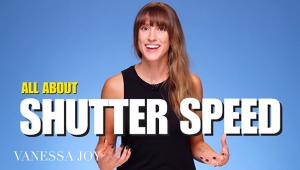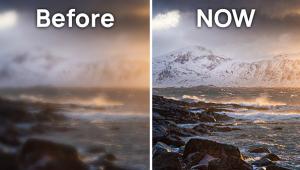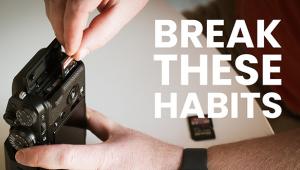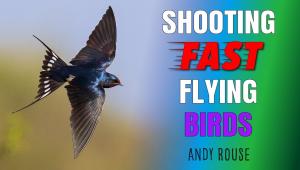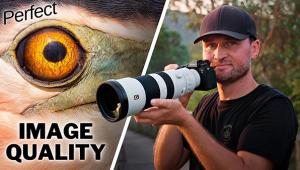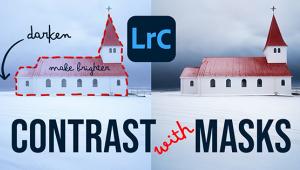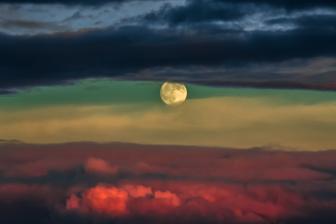Movement And Emotion; The Dance Photography Of Jeffrey Dunn Page 2
 |
In many instances the dancers are all over the stage, many in dramatic poses.
"Everything needs to be perfect so I use manual exposure and constantly
adjust my aperture and shutter speed. I also use auto white balance since the
light changes so often, especially in such a rushed situation."
The unusual costumes and positions require that Dunn holds his camera steady,
but he doesn't use a tripod because he feels it might inhibit his movement.
"Hand holding the camera means I need to capture the very moment when
the dancers are just short of stopping or hitting a peak in their performance.
I must also photograph without interfering with the integrity of the competition."
 |
For this assignment Dunn chose to shoot JPEGs, knowing that he has to be as
exact with his exposures as he would with slide film. He made the choice over
shooting raw because of the large amount of images he shoots. In his opinion,
"Shooting raw would add hours to my postproduction time and I am happy
with the quality results I am getting with JPEGs.
"My job is to document the people, the motion, and the light surrounding
the dancers as well as to leave a record of their beautiful performance for
the future. I am fortunate, too, that I am able to work with producer Aida Moreno
as well as the incredible production crew at Public Television. This makes a
big difference in the more difficult situations. The idea for me is to always
capture the essence of the dance and create a powerful image without taking
away from the grace and beauty of the movement."
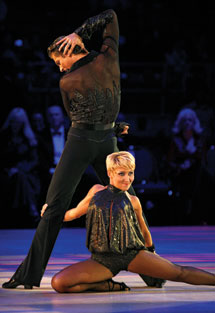 |
 |
To see more of Dunn's work, visit www.dunnstudios.com.
- Log in or register to post comments
















